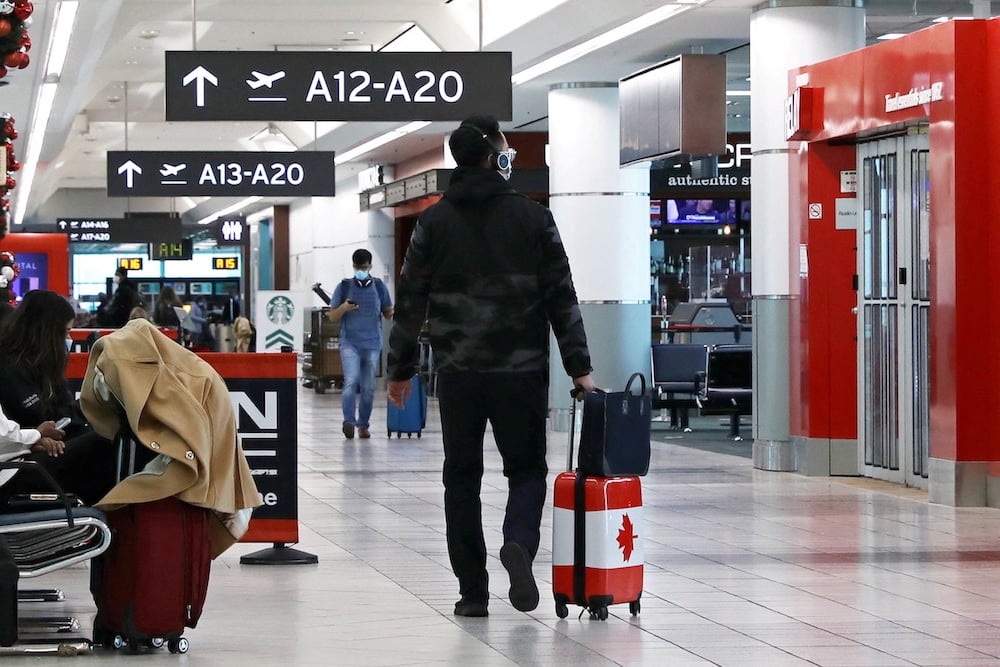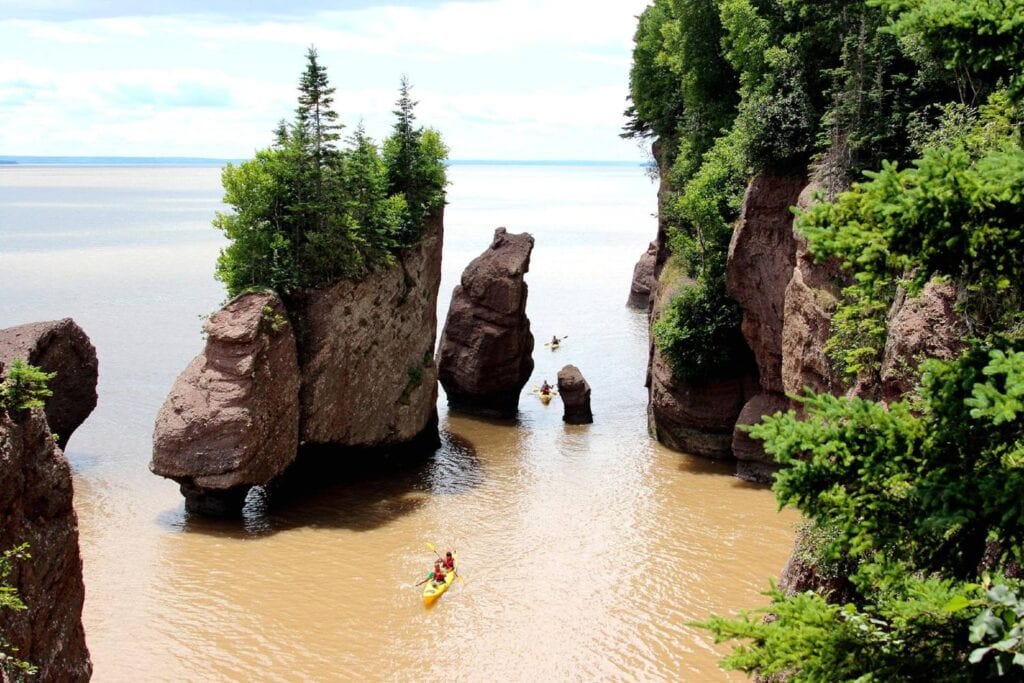
9 Canada Travel Tips to Know in 2022
Have you ever wished you could witness the Northern Lights? What about exploring some of British Columbia’s famous national parks? Or perhaps see some of the fascinating Canadian cities? Canada is a beautiful country with welcoming residents and many different cultures, cities, and landscapes.
Here’s some information you should know if you’re thinking about or already going to Canada this year.

Possess the Necessary Travel Documentation to Enter a Country
A valid passport and Electronic Travel Authorization (eTA) application are two of the most fundamental things to take care of before embarking on a Canadian adventure, among the many other things to consider.
It is essential to keep in mind that your passport must be valid for an extra three to six months after your return date to enter certain countries. In addition, there can be delays in processing passport applications; thus, applicants are encouraged to submit renewal requests and get their Canada passport photo as early as possible.
Acquire Travel Coverage
All visitors to Canada must have travel insurance before their arrival. Although Canada’s healthcare system is praised internationally, its benefits are limited to residents of the country. Without health insurance, a visit to a Canadian hospital could be pretty costly. Get your travel insurance provider information on the area’s doctors and hospitals.
In the event of an emergency, this makes it much simpler to get the aid you need, which could save your life if need be. It’s important to note that “risky” sports and activities typically require purchasing additional insurance on top of your standard policy.

Prepare for the Weather
While Canada’s stunning landscapes and amazing parks are sure to pique your interest, you should bundle up before heading north. If you plan on traveling between December and March, it is highly recommended that you bring along multiple layers of warm clothing.
However, while many people associate Canada with perpetually cold temperatures, several parts of the country endure scorching heat during the summer. The southern and central parts of Canada regularly see temperatures above 30 degrees Celsius during July and August.
Plan Your Stay in Advance
A trip to Canada during the busy summer and winter months can drain your bank account if you don’t plan. Many people go to this country because it is one of the most popular tourist destinations.
Costs for lodging and other tourist amenities can quickly eat away at a trip budget if proper planning is not done in advance. Few people visit Canada’s tourist hotspots; therefore, the hotels you’d like to stay at are cheaper.

Increase Linguistic Awareness
Both French and English are recognized as legal and official languages in Canada. However, there are numerous areas where individuals cannot communicate effectively in both languages. In certain areas, neither language is used at all. While English is the primary language spoken in Canada, over 20% of the population speaks French as their first language.
Having a basic understanding of French will significantly facilitate your travels around Canada. Although fluency is not required, knowing a few useful phrases in the language can be pretty helpful. Given Canada’s varied population, you’ll also hear speakers of various other languages and dialects.
Choose One or Two Provinces to Explore
Canada is, in fact, the world’s second-largest country, so keep in mind that you won’t be able to see the whole country in a short amount of time. Because it is encircled by the Atlantic, Arctic, and Pacific oceans, getting from one part of the country to another will take longer and cost more.
Distances between cities in Canada can be pretty substantial due to the country’s size. To maximize your stay in Canada, narrow your focus to only one or two provinces. The best way to see Canada’s ten provinces and territories is by renting a car, getting on a train, or booking a tour.

Driving With Caution Is a Must
It’s essential to be aware of the different speed limits in Canada. In other words, before you get behind the wheel, you should look up the speed limits in the area. In the winter, road conditions can become hazardous.
So when venturing out in the snow, bring a fully charged cell phone and an emergency pack. In addition, hilly terrains are notorious for dangerous wildlife encounters, which can pose a severe risk to human life—knowing the best route to take and being prepared with information on what to do if you draw the attention of wild animals.
Avoid Disturbing Wildlife
Canada has many open areas, so watching wildlife anywhere you travel is essential. Do your homework beforehand to know what kinds of wildlife to anticipate seeing, although this can vary depending on where you go.
Signs have been placed across Canada to alert motorists to the possibility of animal crossings. It is against the law to feed wild animals, and some regulations ban humans from getting too close to wildlife to observe them. If you go hiking or camping, stay aware of your surroundings and keep your distance from any wildlife you may encounter.

Leaving a Tip Is Expected in Canada
In Canada, tipping is expected regardless of whether you’re at a restaurant or getting a haircut. It is customary to leave a gratuity for service providers such as wait staff, hairstylists, taxi drivers, hotel housekeeping staff, and others.
Though gratuities aren’t required, the industry standard is between 15% and 20%. The typical tip for a service like lunch is 18% of the entire bill. The refusal to leave information is considered impolite, and customers who receive outstanding service often leave larger than usual gratuities.
Wrapping Things Up
Adhering to these travel tips can assist one in savoring the finest Canada offers in the most pleasurable way possible. Canada is a country that provides a wide variety of experiences, from thrilling natural activities to exciting adventures.







